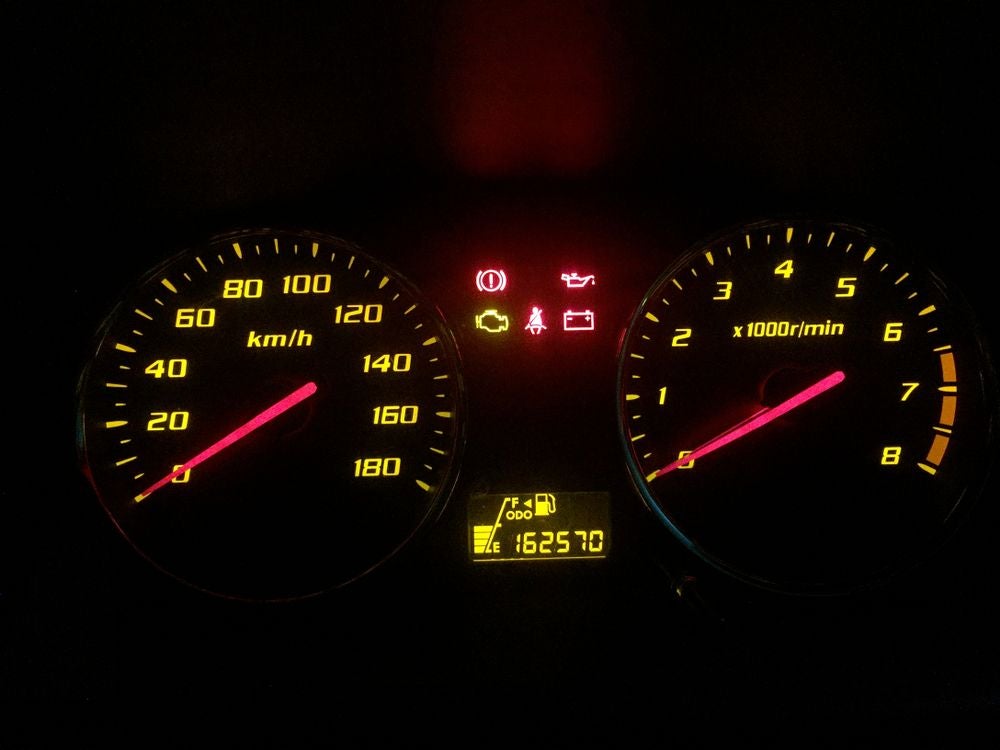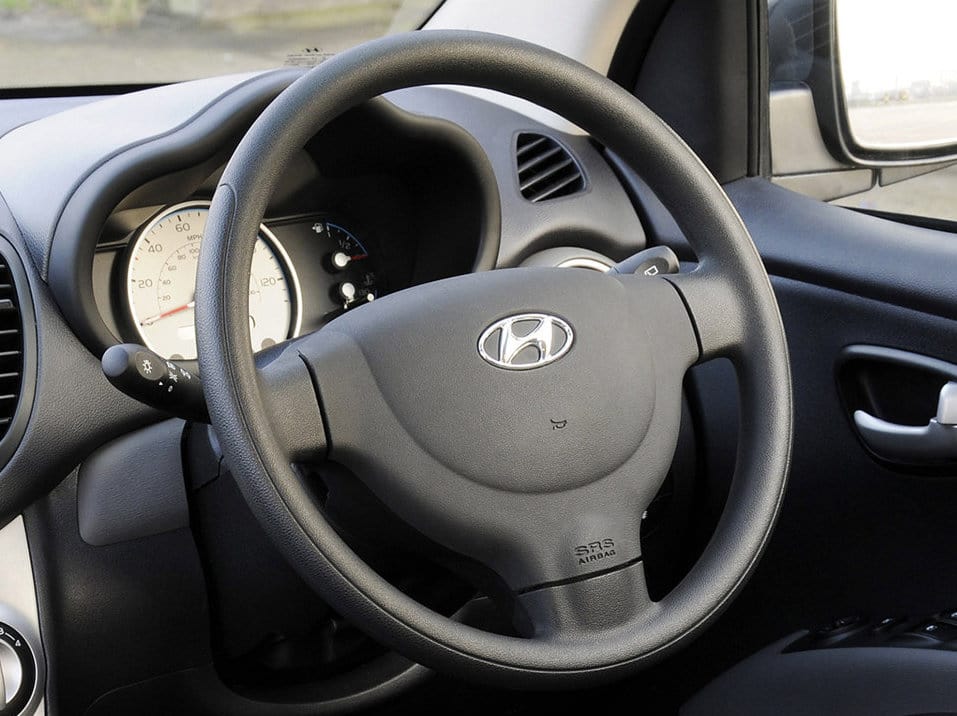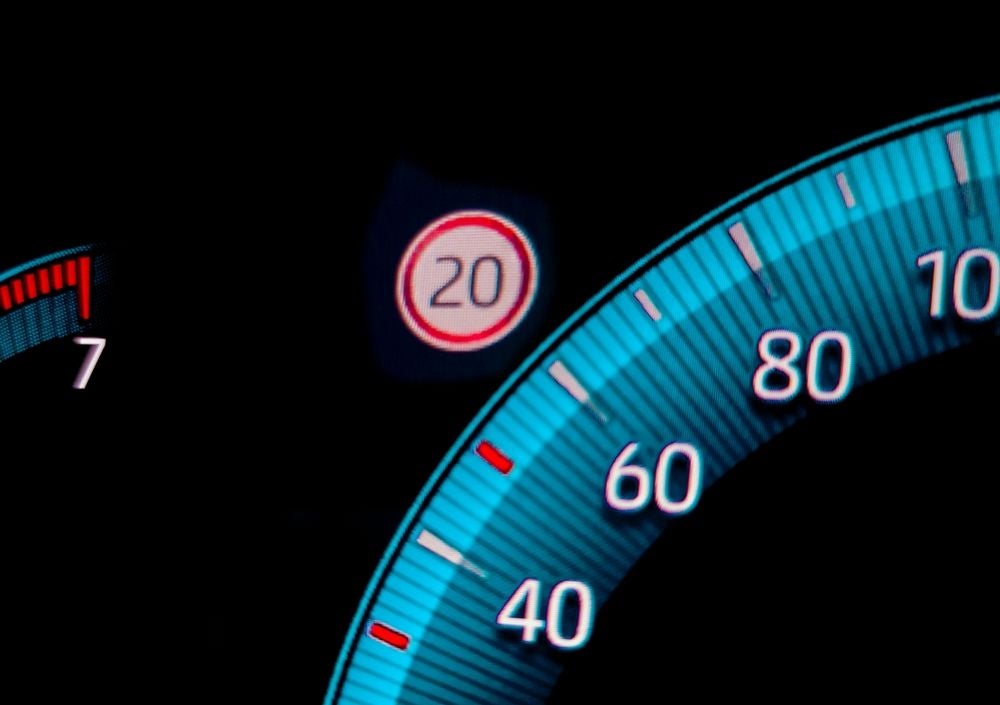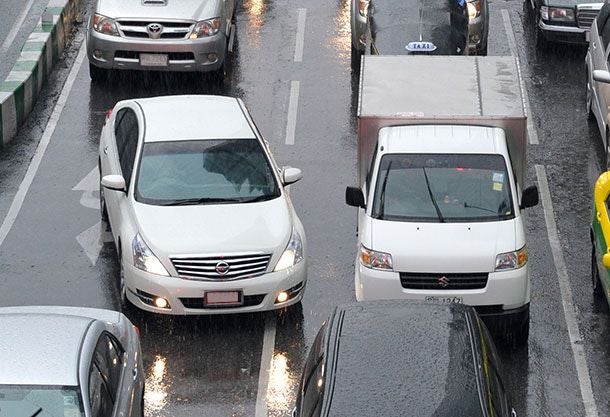It is a universal fact that learning anything new is always very challenging. Be it learning to play a musical instrument or picking up a new sport, the first few days will definitely feel daunting. The same goes for driving. Initially, you may struggle quite a bit. But fret not, Formula 1 legends like Michael Schumacher and Lewis Hamilton were also learning to drive at some point. In this article, we will list out some simple pointers that will certainly help you during your initial phase of driving a car. So let’s commence with our list of the essential car driving tips for beginners.
Top 15 Essential Car Driving Tips for Beginners
1. Get Familiar With Your Car
The first and most important car driving tips and tricks when you start learning how to drive is to acquaint yourself with the vehicle. Before you step inside and start meddling with the various knobs and buttons, understand their functions first. Learn what each button does in your car so that you know what to use when the situation arises. Next, understand the three main pedals, the accelerator, brake and clutch.
Among the simplest new car driving techniques is to remember the foot controls as ABC, where A, B and C represent the Accelerator, Brake and Clutch respectively. Lastly, familiarise yourself with the gear knob and the positions of the various gears. You can practise shifting when the car is off but avoid doing it too much as it damages your gearbox. Understand the positions of all the gears in a way that you don’t have to look at the knob ever while shifting.
2. Check and Make Adjustments Before Driving
This is a very crucial point among all the car driving tips for beginners we have mentioned here. It is something that a lot of people often tend to ignore. Most newbies to car driving are completely unaware that every car has a provision to adjust seats, mirrors, and, in some cases, even the steering wheel. The mechanisms allow you to adjust the aforementioned components in a way that they are optimised for your driving. It is crucial that you position the seats in a manner in which you are comfortably able to access all the controls of the car, namely, the pedals, the steering and the gear lever.
In fact, some cars even allow you to adjust the steering for rake and reach to ensure an optimum driving position. Always ensure that you adjust the mirrors, seat and steering in a way that none of your body parts get strained while driving.
3. Adjust the Mirrors

Usage of mirrors is important to ensure safe driving. Also, it’s important to adjust the mirrors before you start driving the vehicle. One needs to first adjust the driver’s side mirror. Always adjust the mirror in a way that your car’s image doesn’t occupy more than 10% of the field of view. Adjust both the driver’s and the passenger’s side mirror and then sit back in the driver’s seat to ensure you are able to see the maximum possible road behind you.
Remember, only a small position of your mirror should show the side of your car. Similarly, adjust the rear view mirror in a way that you get the maximum view of the road behind you while you’re comfortably seated in the driver’s seat. Always remember to make all the necessary adjustments before you start driving.
Read More: How to Avoid Blind Spots and Blind Spot Accidents?
4. Understand the Basic Dashboard Controls/symbols

While often overlooked, familiarising yourself with the dashboard controls and symbols is among the most vital car driving tips for beginners. These buttons and controls give you access to a lot of features, including the aircon, wipers, beam adjustment and more. Also, every car’s instrument console shows many symbols, which, in most cases, are warning lights in your car that warn you of a malfunction. That said, there are some symbols that simply notify you of activation of a feature such as a cruise control or high beam. Meanwhile, most other symbols are actual warnings. These might be anything from a low engine oil light to even low tire pressure.
Also, the colour of these lights matters. The blue and green lights are simply to let you know that a feature is in use. However, orange, red or yellow lights are actual warnings and point out that the vehicle needs inspection.
5. Wear the Seat Belt

Seatbelts might look merely as a feature to avoid a fine but they are the most important when it comes to saving your life. When you hit the brakes or when your car hits an obstacle, you’d be thrown off the seat. In such a scenario, you’re prone to suffering injuries as you would hit parts of the vehicle such as the steering wheel. However, this is where a seatbelt comes to the rescue. It simply breaks the motion and prevents you from hitting any object.
Basically, seatbelts secure the occupants in the seat and stop them from being thrown out of the seat and hitting the dashboard, windshield or steering wheel. Seatbelts disperse the opposite force depending on the force exerted due to an impact or braking. Majorly, seat belts help with the protection of two of the most critical body parts – head and spinal cord.
6. Hold the Steering Wheel Correctly

Once you are ready to start moving, you must now figure out the appropriate way to hold a steering wheel. It must be noted that your inputs to determine the direction of the vehicle are dependent on the steering wheel. So, before you start driving, you need to learn to hold the steering wheel correctly.
You must have heard that “10 and 2” is the right way to hold a steering wheel. Basically, these numbers point to a clock. Your hands should be kept on the steering wheel in a way that the right hand is kept where there’s the digit ‘2’ on a clock and the left hand is kept where the number ‘10’ is found on a clock. However, unlike what is generally said, studies have found that holding the steering in the ‘’9 and 3’’ position is better. This change has been recommended by many experts as the “10 and 2” hand position is often dangerous in cars with smaller steering wheels that have an airbag.
7. Maintain Moderate Speed

A wise man once said, “learn to walk before running”. This philosophy is completely applicable to driving cars as well. It is an undeniable fact that flooring the accelerator pedal is very tempting.
However, before you start chasing velocity, it is imperative that you get accustomed to driving at slow speeds thoroughly. This allows you to build a strong sense of perception and reaction. Driving at high speeds requires your reactions to be at pinpoint accuracy. Driving at high speeds without improving your reflexes is a sure shot recipe for disaster. Ensure that you have spent a lot of time honing your skills at lower speeds before driving faster. This is yet another simple but highly important car driving tip for beginners.
8. Use Signal Indicators
When you are driving, you only have two sources of communication with the drivers around you. One is your indicators and the second is your horn. Hence, you must use both of them very liberally and smartly as and when required.
In general, the indicators should always be used to alert other cars about your change in direction. Many people do have a habit of turning the car in a direction without the use of the indicators. Meanwhile, many car users do indicate but a bit too late or at times, even a bit too early. In both the cases, the vehicles trailing you would get confused. So, it’s important to turn on the indicator at least a handful of seconds before you initiate the change in direction. This holds true even when you are changing lanes.
Read More: Road Safety Rules in India
9. Learn How to Switch Lanes

It’s important to plan before you switch lanes. First things first, always signal your intention to the road users behind you. So, switch on the indicator a few seconds before you initiate the lane change procedure.
Next, take a good look at the rear view mirrors to ensure there’s a safe distance from the vehicles behind you. This is also important to ensure no one is trying to overtake you as you start changing the lane. Once you’re sure it’s safe to make a change in direction, initiate the process and change lanes. When in the new lane, turn off the signal. Remember, the most important part here is to plan everything in advance.
10. Follow Traffic Rules
As it goes without saying, it’s important to follow all the traffic rules. This will not only save you from getting penalised, but will also ensure you have a safe journey. There are many reasons following traffic rules is of utmost importance.
Firstly, they reduce risks of accidents and injuries. The major reason traffic rules have been formulated is that they help reduce risk of accidents.
Secondly, as traffic rules are consistent for all road users, they facilitate a smooth flow of traffic. As everyone follows the same set of rules, there is much less confusion and hence, a lower risk of mishaps.
Read More: Traffic Signal Rules in India
11. Do Not Tailgate
In overseas countries, all drivers have an inculcated habit of maintaining a safe distance from the car in front of them. Sadly in India, the case is exactly the opposite. On our country’s roads, cars are as tightly packed as atoms in a molecule. People tend to blatantly ignore this concept and pretty much drive as they please.
However, it is always recommended that you maintain a safe distance of at least two cars from the vehicle in front of you. In case the car in front is forced to swerve and or perform an emergency manoeuvre due to an obstacle on the road, you will have ample amount of space to avert a collision. Inculcating this habit in the beginning stages can greatly help you in the future.
12. Avoid Distractions
When you are driving a car, it is absolutely necessary that your presence of mind is completely focused only on the road. Driving in a bad or tense mood can act as a major distraction to your driving.
As a beginner, you will need a lot of thought input for your driving actions. Hence having a distraction in your driving-related thoughts can easily cause you to make a mistake. Similarly also ensure that you are adequately well-rested and aware of your surroundings in case you decide to take the wheel.
13. Be Confident and Calm
Remember, there is no ‘perfect’ driver. Regardless if you’re a newbie or someone who has been driving their entire life, it’s always important to understand that you need to be careful while behind the wheel.
That said, it’s also important to note that one needs to be confident and calm. As much as it’s important to be careful, it’s even necessary to feel comfortable behind the steering wheel. Our advice is to be patient when learning to drive a car and be confident as you gain more experience behind the wheel.
14. Carry All the Documents
It is important to always carry four documents in your car. Remember, a traffic policeman can ask you to produce any of these.
The essential documents you should always carry include your
- Vehicle’s Registration Certificate (RC)
- Certificate of insurance of your vehicle
- Driving licence
- Pollution Under Check Certificate (PUC).
Note: The PUC is mandatory for all vehicles that are over 1 year old.
15. Practice Makes Perfect
As you practise more, you can increase the effort you apply. Sudden inputs to the steering wheel or the accelerator can very well result in instant loss of control and put you in a dangerous situation. Similarly, not following any of the above car basics for beginners can increase the risk of mishaps.
Hence, increasing the level of effort you put in slowly is the best practice. With practice and a little bit of trial and error, you will be able to easily find the level of optimum input which will settle into your sub-conscience with time.
Frequently Asked Questions
1. What are the 3 skills needed to drive?
The three skills needed to drive are:
1. The ability to adapt to varying conditions
2. Controlling your emotions and decision-making capabilities
3. Spatial awareness and vehicle knowledge
2. What is the best age to learn to drive?
While the simple answer to this is ‘when the person is ready for it’, biologically speaking, the optimum time to learn to drive is at around 25 years of age. This age is scientifically proven to be fully developed to learn to drive as the body and mind are young and supple enough to be able to respond to new challenges with sharp reflexes. Even the confidence levels are high at this time.
3. Do you indicate when changing lanes?
Yes, it is always important to signal your intention of changing lanes to the road users behind you. So, switch on the indicator a few seconds before you initiate the lane change procedure.
4. Which side should I overtake?
Always overtake from the right of the vehicles you wish to pass. However, in case it’s unavoidable to overtake while the vehicle in front is indicating a right turn, you may carefully pass the vehicle from the left.
5. Which car is easy for beginners?
It’s not a good idea to single out the ‘best’ car for driving. Actually, it all depends from one driver to another. Many might find compact cars like Maruti Alto and Maruti Swift easy to drive while others might prefer an SUV like a Mahindra XUV500 or Toyota Fortuner for the commanding driving position they offer. Hence, it would be a bad idea to single out just one type of car here.
6. What is the safest car for a beginner driver?
While there is no straight answer to it, any car that offers good visibility of the road, is not too powerful or underpowered, and has light controls can prove to be a good choice for beginners.
7. What are cheap beginner cars?
Some of the budget-friendly cars for beginners are Maruti Alto, Renault Kwid and Maruti Wagon R.






.jpg&w=828&q=75)






.jpg&w=828&q=75)
.jpg&w=828&q=75)
.jpg&w=828&q=75)
.jpg&w=828&q=75)

.jpg&w=384&q=75)

.jpg&w=384&q=75)
.jpg&w=384&q=75)

.jpg&w=384&q=75)
.jpg&w=384&q=75)

.webp&w=384&q=75)








